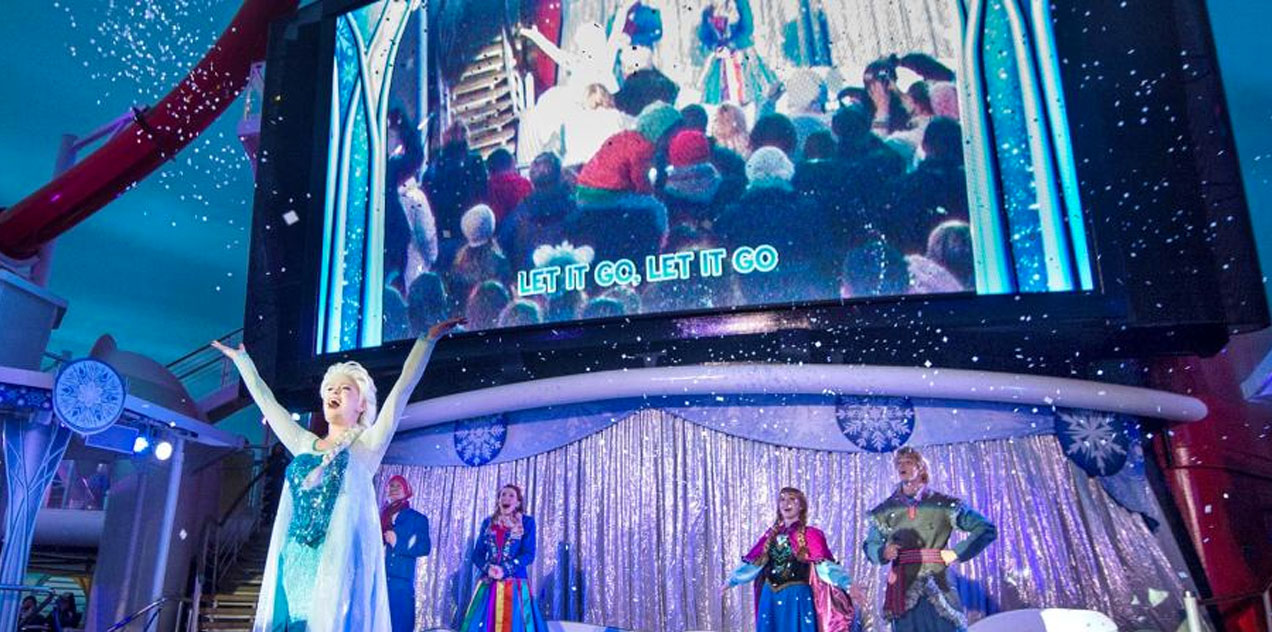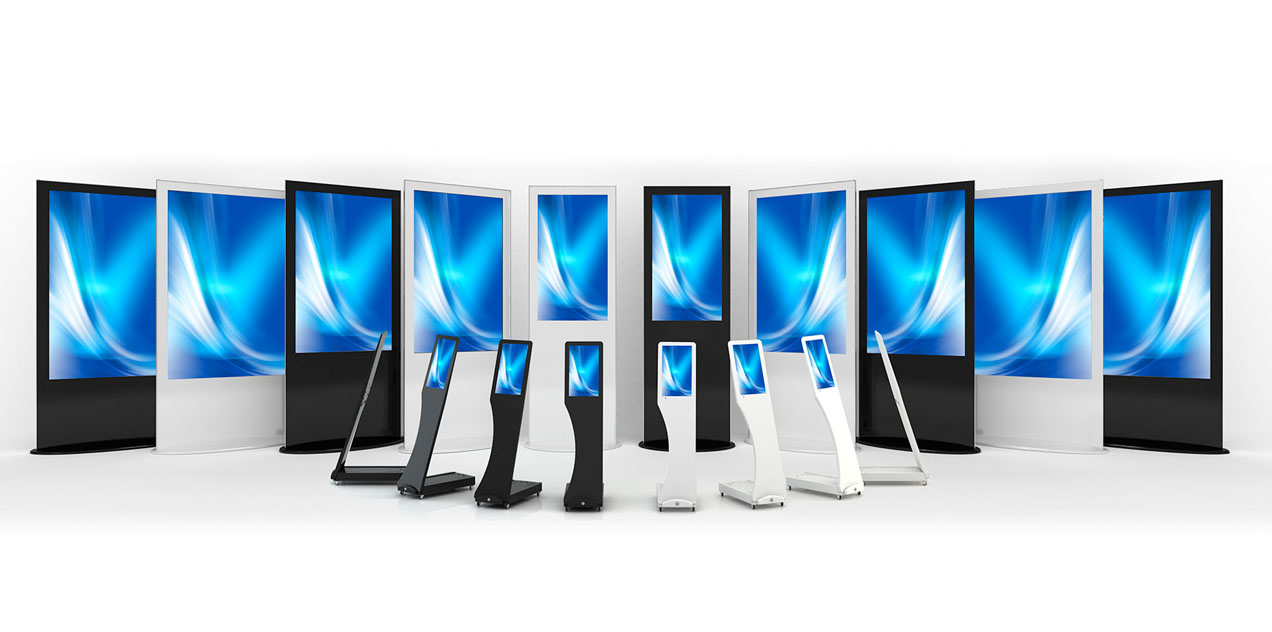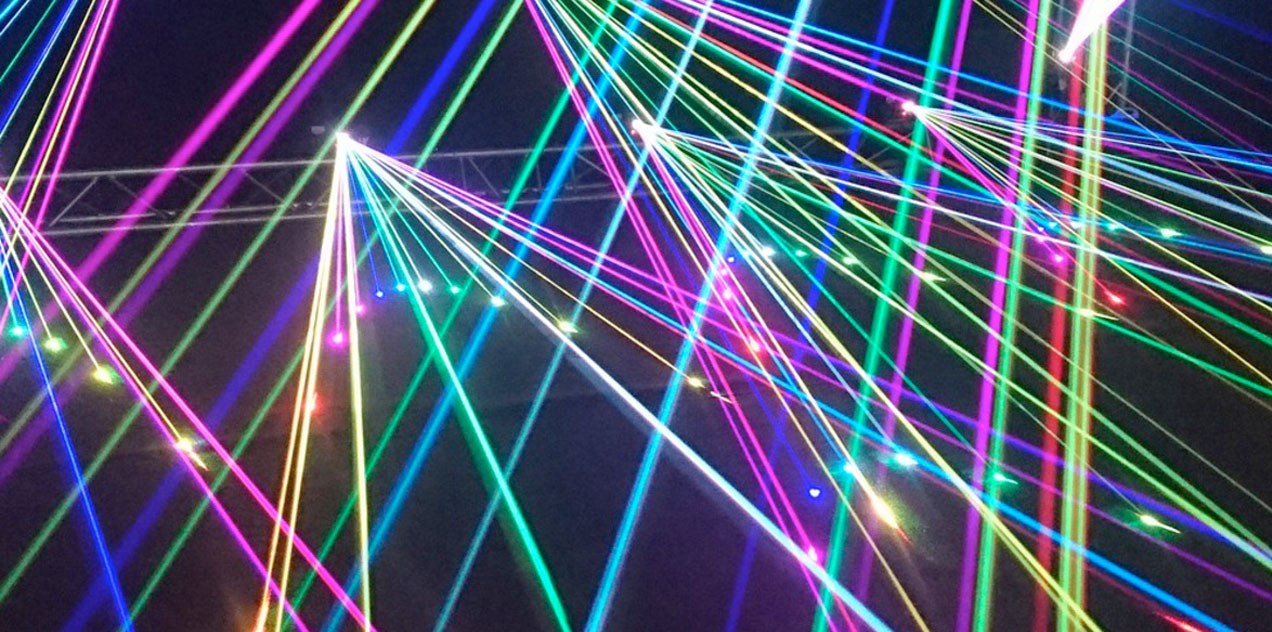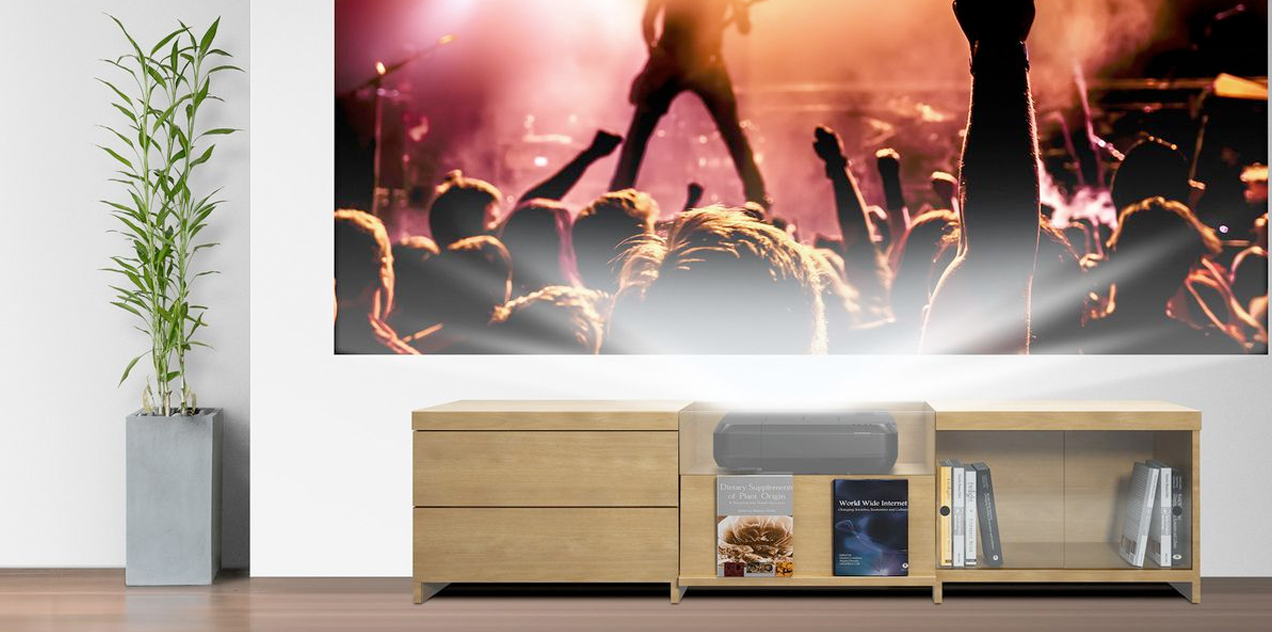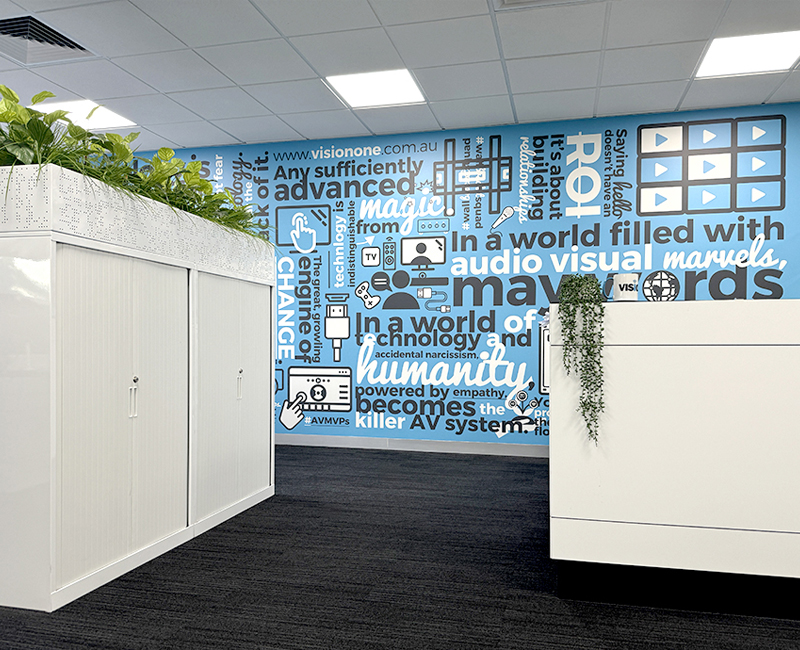Why Disney Cruise Line turns to Panasonic’s PTZ cameras
The following article has been re-posted from na.panasonic.com. Families on Disney cruises expect the kind of...
Epson’s Education Solutions
The following article has been re-posted from menafn.com. UAE- Epson's education solutions demonstrated at GESS...
3 Reasons to Use Interactive Digital Signage
The following article has been re-posted from digitalsignagetoday.com No matter what industry you use it...
NEC Display Announces New Platform for Video Walls
The following article has been re-posted from displaydaily.com NEC Display Solutions of America, a leading...
Laser Projection Market In Depth Study Analysis
The following article has been re-posted from www.digitaljournal.com Global Laser Projection Market is expected to...
BenQ’s Interactive Flat Panel Display Scores TCEA Best of Show Award
The following article has been re-posted from www.tvtechnology.com BenQ, an internationally renowned provider of visual display...
Industry Report Suggests Demand for Ultra Short Throw to Remain Strong
The following article has been re-posted from thehonestfacts.com. An up to date business intelligence report...
Future Technologies at Integrate, Sydney 2018
Last week, the team at Vision One visited Integrate in Sydney to learn more about...
We’re an Authorised Lumo Play Installer
We've loved Lumo Play ever since we first discovered it during a casual 'floor projection...
10 Things Every Touchscreen Buyer Should Know
via @iBoardTouch: Just like with purchasing a house, buying a touchscreen can be a daunting...
